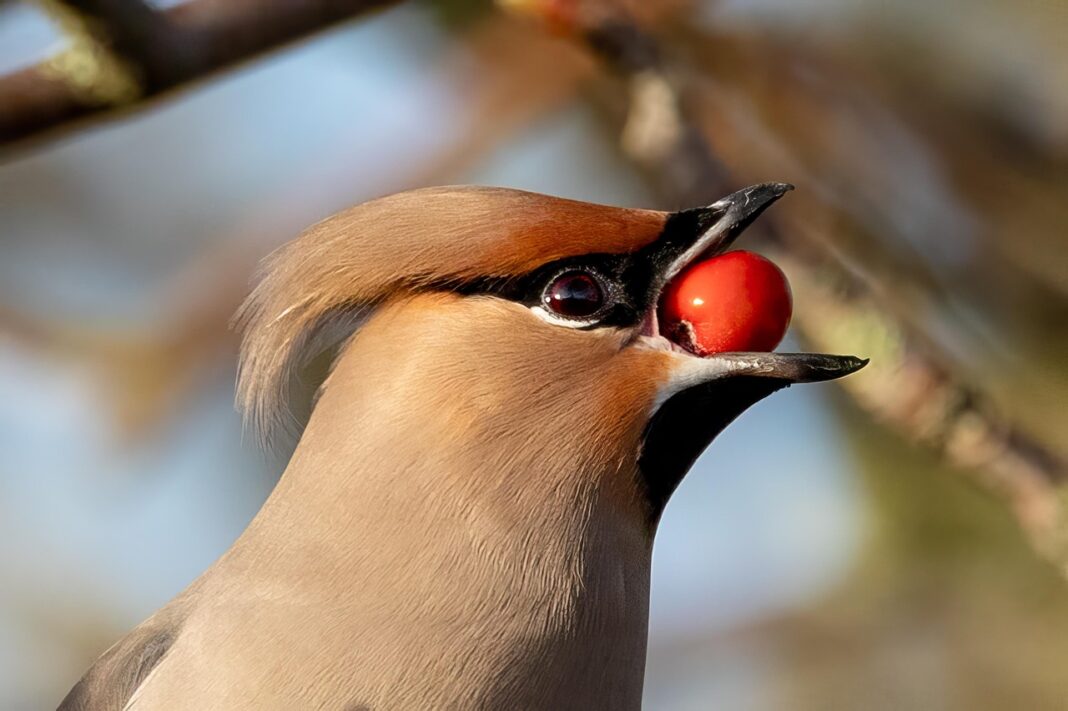The silent tragedy unfolding in protected areas across the globe is the relentless scourge of poaching. More than just the illegal hunting of animals, it represents a critical threat to biodiversity, ecosystem health, and even human livelihoods. From the ivory tusks of elephants to the scales of pangolins, the demand for wildlife products fuels a dangerous and sophisticated criminal industry. This post delves into the multifaceted world of anti-poaching, exploring the strategies, technologies, and collaborations necessary to combat this devastating practice and safeguard our planet’s natural heritage.
Understanding the Scope of Poaching
Defining Poaching and its Impact
Poaching extends far beyond simple hunting; it’s the illegal taking of wild plants and animals in contravention of local, national, and international conservation laws. The impact is devastating, encompassing:
- Species Extinction: Driving vulnerable species closer to the brink. Rhinos and elephants are prime examples, with populations decimated by the demand for their horns and ivory, respectively.
- Ecosystem Disruption: Removing keystone species can trigger cascading effects, altering food webs, habitats, and the overall health of an ecosystem. For instance, the loss of elephants can lead to changes in vegetation structure and seed dispersal.
- Economic Loss: Undermining tourism, agriculture, and other industries that rely on healthy ecosystems. Protected areas generate revenue through tourism, and poaching directly reduces this income.
- Security Concerns: Poaching is often linked to organized crime and even terrorist groups, who use the profits to fund their activities.
The Economics of Poaching
The illegal wildlife trade is a multi-billion dollar industry, driven by demand in Asia, Europe, and North America. Key drivers include:
- Traditional Medicine: Some cultures believe in the medicinal properties of animal parts, fueling demand for rhino horn, tiger bones, and other products.
- Status Symbols: Wildlife products, such as ivory and exotic skins, are often seen as status symbols, driving demand among affluent consumers.
- Bushmeat Trade: In some regions, wild animals are hunted for food, often unsustainably and illegally. This can decimate local wildlife populations.
- Example: The high price of rhino horn (sometimes exceeding the price of gold) makes rhinos an incredibly attractive target for poachers.
Anti-Poaching Strategies: A Multi-Faceted Approach
Law Enforcement and Patrolling
Effective law enforcement is crucial for deterring poachers. Key elements include:
- Dedicated Ranger Teams: Well-trained and equipped rangers are the first line of defense. They conduct patrols, monitor wildlife populations, and apprehend poachers.
- Intelligence Gathering: Gathering information on poaching networks and activities is essential for proactive enforcement. This includes using informants, surveillance technology, and data analysis.
- Collaboration with Law Enforcement Agencies: Working with national and international law enforcement agencies to investigate and prosecute poaching crimes.
- Use of Technology: Deploying drones, camera traps, and tracking devices to monitor wildlife and detect poachers.
- Example: The Black Mambas, an all-female anti-poaching unit in South Africa, demonstrate the effectiveness of dedicated ranger teams in protecting rhino populations.
Community Engagement and Education
Empowering Local Communities
Engaging local communities is vital for long-term anti-poaching success. This involves:
- Providing Alternative Livelihoods: Offering communities alternatives to poaching, such as tourism, sustainable agriculture, and small business development.
- Sharing Benefits: Ensuring that communities benefit from wildlife conservation, through revenue sharing, employment opportunities, and access to resources.
- Promoting Conservation Education: Raising awareness about the importance of wildlife conservation and the negative impacts of poaching.
- Example: In Namibia, community-based natural resource management programs have empowered local communities to manage and benefit from wildlife resources, leading to a significant reduction in poaching.
Technological Innovations in Anti-Poaching
Leveraging Technology for Wildlife Protection
Technology plays an increasingly important role in anti-poaching efforts:
- Drones: Unmanned aerial vehicles (UAVs) can be used for surveillance, monitoring wildlife populations, and detecting poachers in remote areas.
- Camera Traps: Remote cameras that capture images or videos when triggered by movement, providing valuable data on wildlife activity and poaching incidents.
- Acoustic Monitoring: Using sound sensors to detect gunshots, vehicle movements, and other poaching-related activities.
- Tracking Collars: Attaching GPS tracking collars to animals to monitor their movements and detect unusual behavior that may indicate poaching.
- Data Analytics: Analyzing data from various sources to identify poaching hotspots, predict poaching activity, and optimize patrol efforts.
- Example: FLIR (Forward Looking Infrared) cameras are often used on drones to detect poachers at night, providing a significant advantage in low-light conditions.
Addressing the Demand for Wildlife Products
Combating the Illegal Wildlife Trade
Reducing the demand for wildlife products is crucial for curbing poaching:
- Raising Awareness: Educating consumers about the devastating impacts of the illegal wildlife trade and encouraging them to make ethical choices.
- Strengthening Law Enforcement: Enforcing laws against the illegal wildlife trade and prosecuting offenders.
- Closing Markets: Shutting down markets for illegal wildlife products, both online and offline.
- Working with Governments: Encouraging governments to implement and enforce stricter wildlife protection laws.
- Example:* Organizations like WildAid use celebrity endorsements and public awareness campaigns to reduce the demand for shark fin soup, ivory, and other wildlife products.
Conclusion
Anti-poaching is a complex and multifaceted challenge that requires a collaborative and innovative approach. By combining effective law enforcement, community engagement, technological advancements, and demand reduction strategies, we can make significant progress in protecting our planet’s precious wildlife and preserving biodiversity for future generations. The fight against poaching is not just about protecting animals; it’s about safeguarding ecosystems, supporting sustainable livelihoods, and ensuring a more secure and prosperous future for all.



